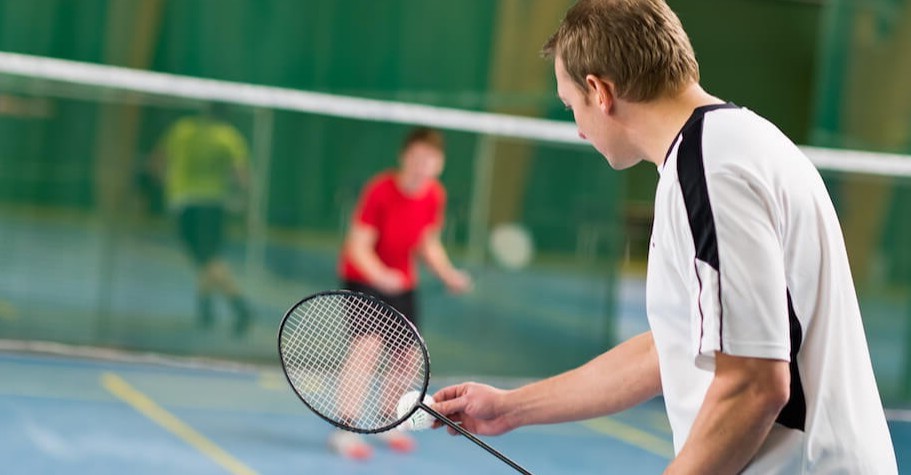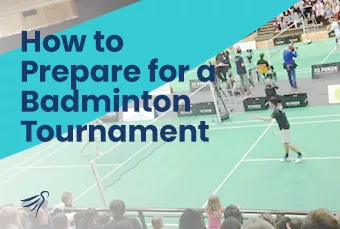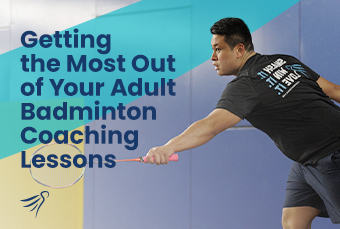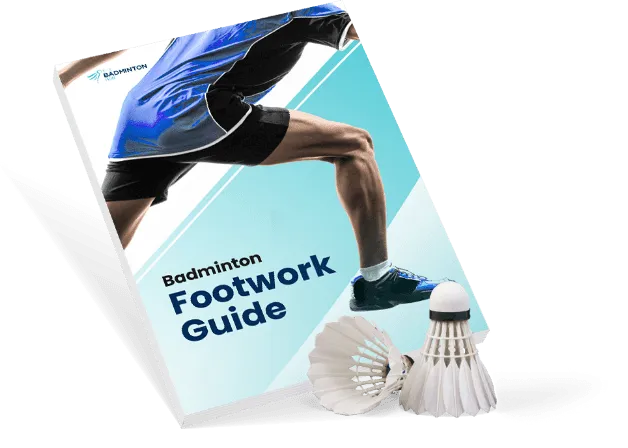Badminton is an exciting and fast-paced game that requires skill, agility, and quick reflexes. While it may seem easy to play, many amateur badminton players make several common mistakes that prevent them from improving their game. In this article, we will be highlighting some of the prevalent errors that novice players tend to make, along with actionable advice on how to rectify them.
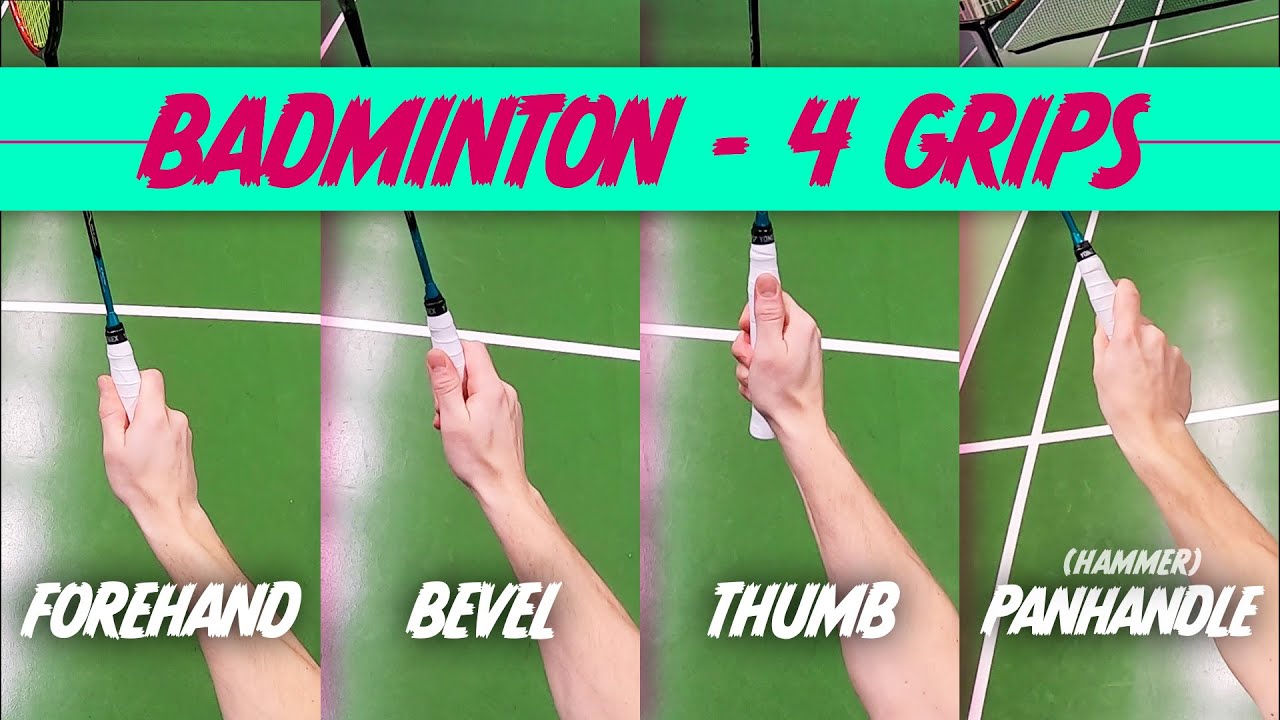
Mistake #1: Incorrect grip
The step by step guide on how to move faster and more efficiently around the court.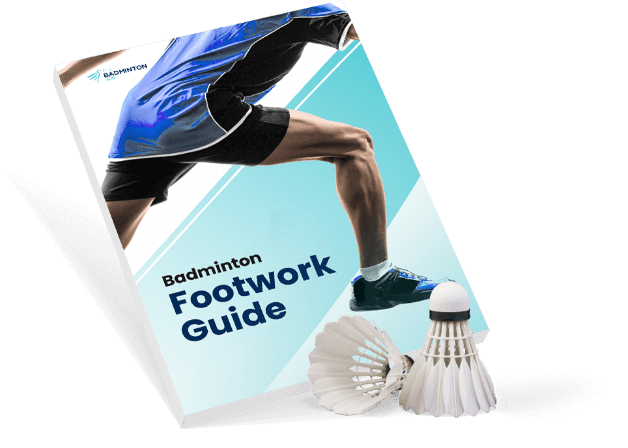
Badminton Footwork Guide
One of the most common mistakes that amateur badminton players make is holding the racket with an incorrect grip. A proper grip is essential for controlling the racket and hitting the shuttlecock accurately. Players who use the wrong grip often struggle with power, accuracy, and consistency in their shots.
In badminton, there are two primary grip types: the forehand grip and the backhand grip. When hitting shots on the forehand side of the body, players use the forehand grip, while for shots on the backhand side, players use the backhand grip. However, many beginners tend to use the forehand grip for all shots, which can restrict their ability to hit backhand shots with accuracy.
To overcome this mistake, players should practice using both the forehand and backhand grips until they feel comfortable and confident with each. To ensure their shots’ accuracy and power, it’s important for players to find the right balance with their grip. Gripping too tightly or too loosely can lead to unwanted errors on the court.
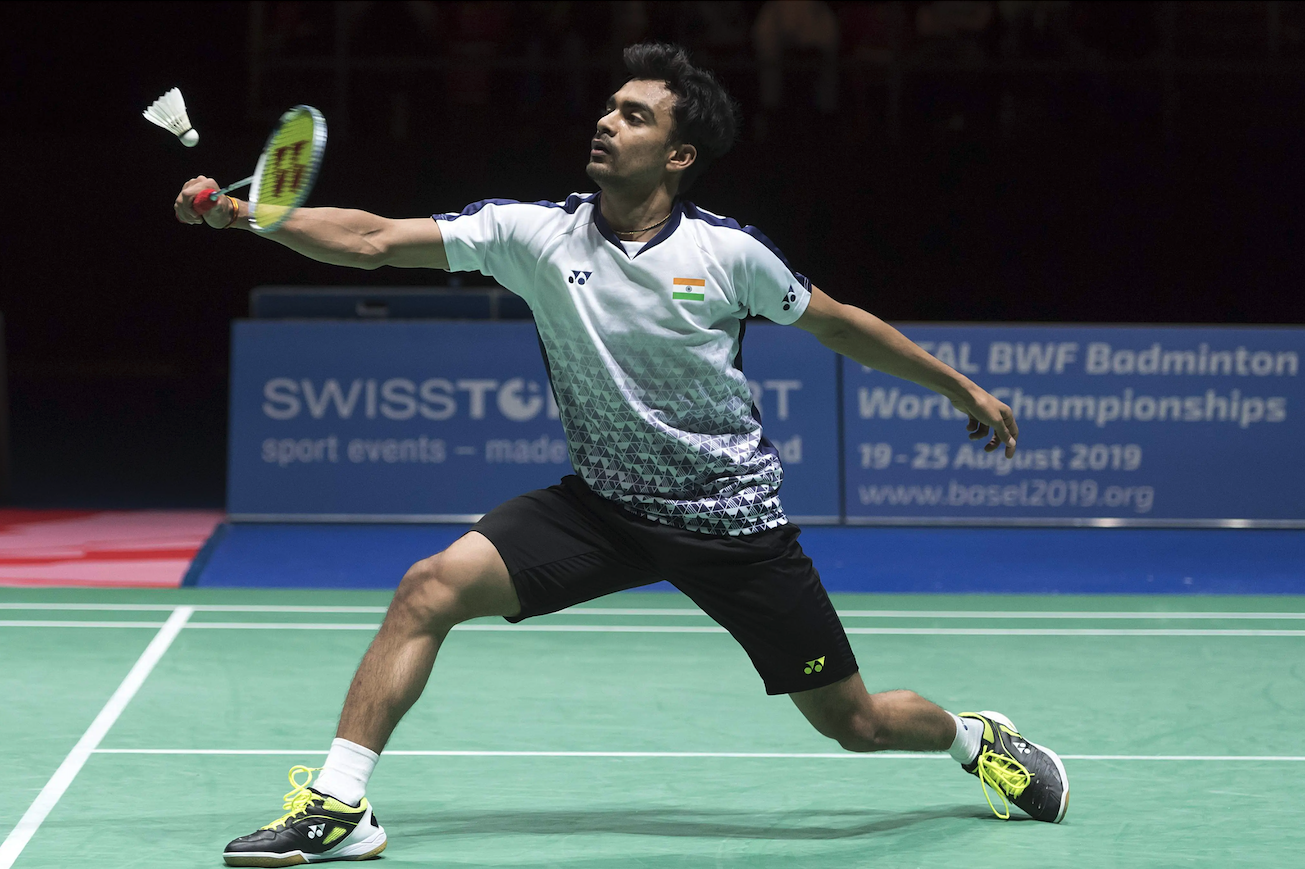
Mistake #2: Poor footwork
Having poor footwork is a prevalent error that badminton players tend to make. It’s crucial to maintain good footwork as it enables players to position themselves correctly to hit shots and move swiftly across the court. Therefore, proper footwork is indispensable for improving players’ overall performance on the badminton court. Players who do not have good footwork often struggle with getting to the shuttlecock in time and hitting it accurately.
To improve their footwork, players should practice agility drills, such as ladder drills and shuttle runs. They should also focus on moving their feet quickly and efficiently, keeping their weight balanced and their body in the right position.
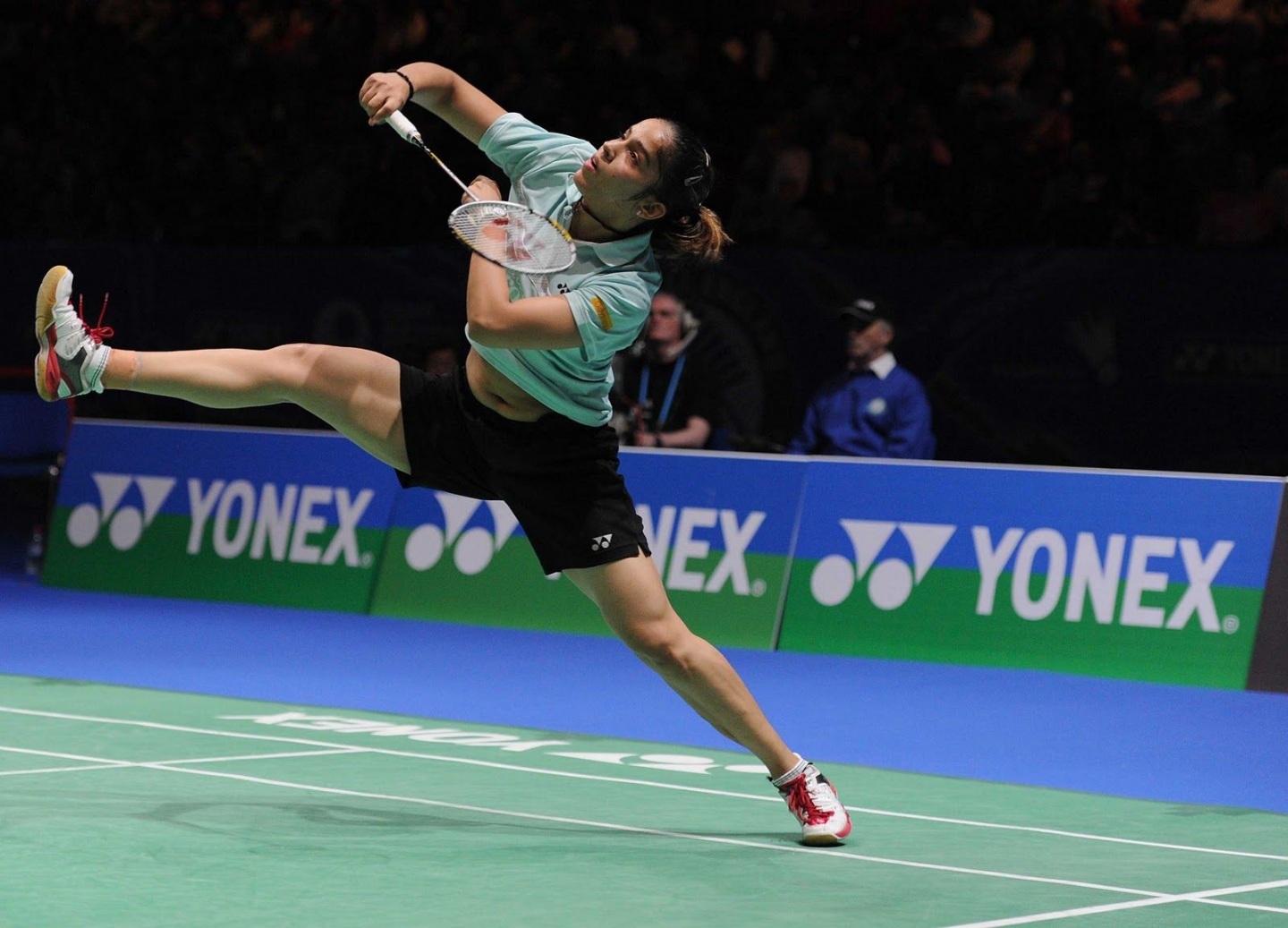
Mistake #3: Not using the whole court
Many amateur badminton players tend to stay in one area of the court and not use the whole playing surface. This mistake limits their ability to hit a wider range of shots and can make it easier for their opponent to anticipate their movements.
To overcome this mistake, players should practice hitting shots to different areas of the court, such as the corners and the backline. They should also focus on moving quickly and efficiently around the court to reach the shuttlecock in time.
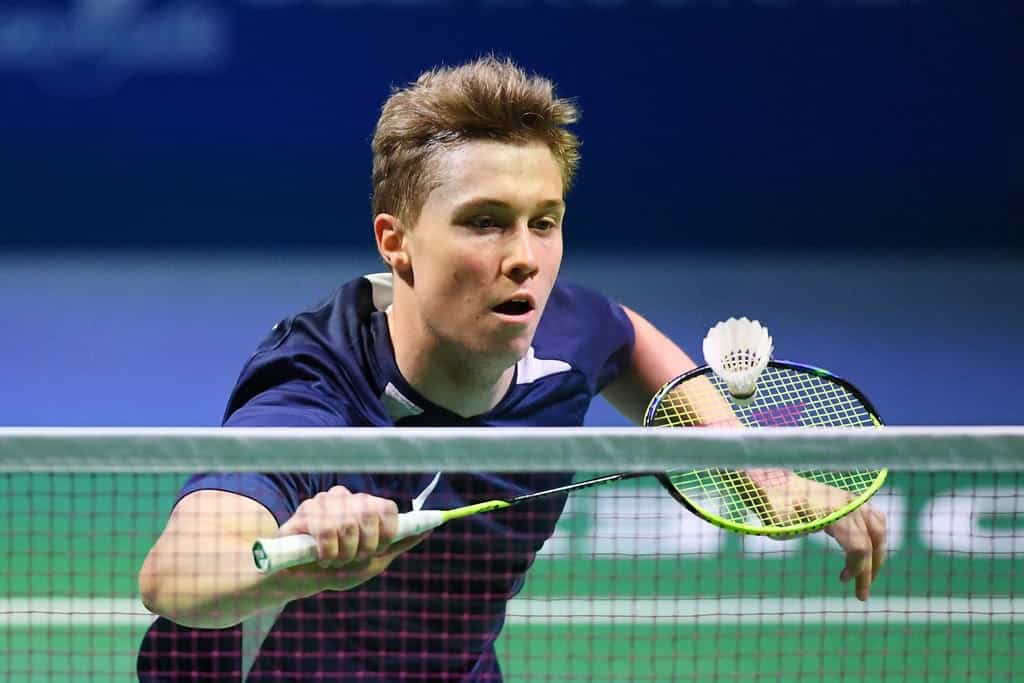
Mistake #4: Lack of variation in shots
Another common mistake that badminton players make is using the same shot repeatedly. This mistake makes it easier for the opponent to anticipate their shots and can limit their ability to win points.
To overcome this mistake, players should practice using a variety of shots, such as smashes, drops, clears, and net shots. In addition, players should aim to make it harder for their opponents to predict their movements by varying the angle and speed of their shots.
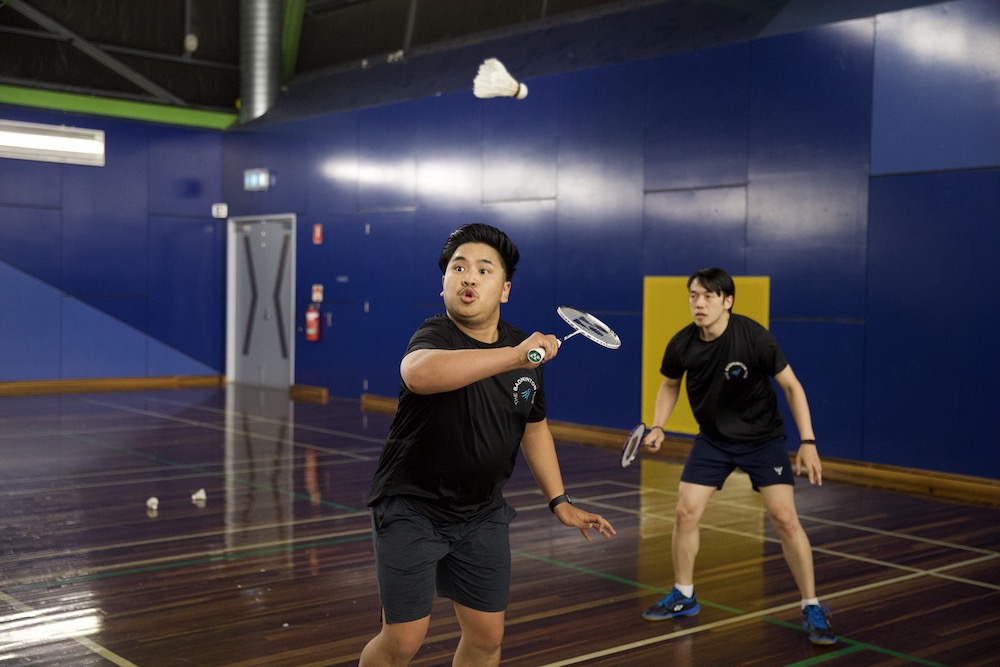
Mistake #5: Poor timing
For amateur players, timing is a crucial aspect of the game of badminton that poses a significant challenge. Failing to perfect timing can result in missed opportunities, mistimed shots, and ultimately, lost points.
To improve their timing, players should practice hitting the shuttlecock at the right moment, focusing on their racket’s position and timing their movements to meet the shuttlecock at the right point.
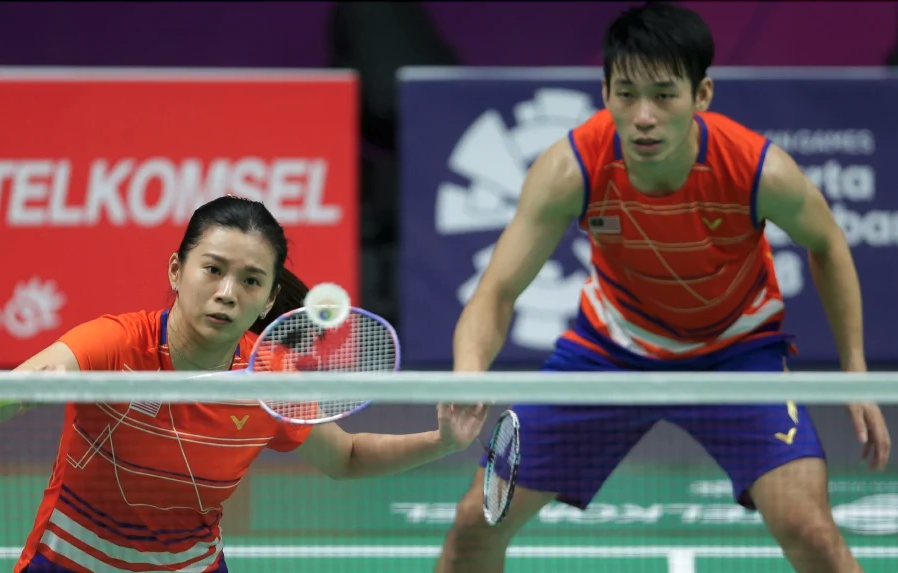
Mistake #6: Not watching the shuttlecock
Many amateur players make the mistake of not watching the shuttlecock closely, which can lead to mistimed shots and missed opportunities. Players who do not watch the shuttlecock closely often struggle with accuracy and consistency in their shots.
To overcome this mistake, players should focus on watching the shuttlecock closely, following its movement and trajectory to anticipate its next position. They should also practice their hand-eye coordination to improve their ability to track the shuttlecock and hit it accurately.
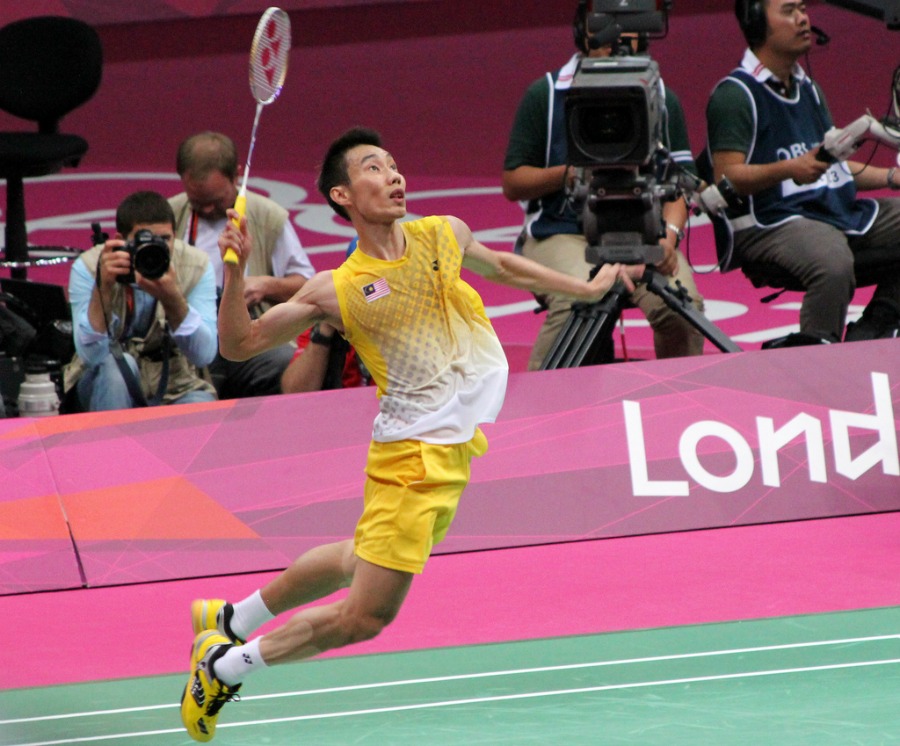
Mistake #7: Over-reliance on power
Some amateur players tend to rely too much on power and strength to hit the shuttlecock, rather than focusing on technique and accuracy. While power is essential in badminton, players who only rely on it often make mistakes and miss opportunities.
To overcome this mistake, players should focus on developing their technique, footwork, and timing, which will allow them to hit the shuttlecock accurately and with more control. They should also focus on using the right amount of power for each shot, depending on its distance and trajectory.
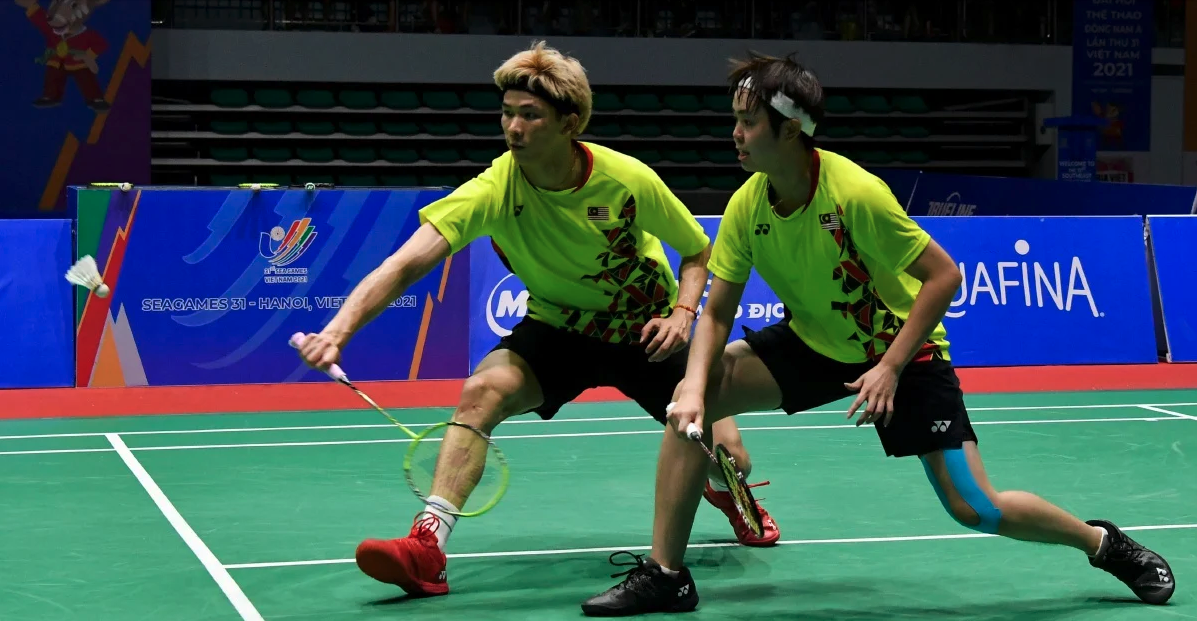
Mistake #8: Poor communication with doubles partner
In doubles play, poor communication between partners is a common mistake that can lead to missed opportunities and lost points. Players who do not communicate well with their partner often struggle with positioning and coordination on the court.
To overcome this mistake, players should practice communicating with their partner before and during the game, using hand signals and verbal cues to coordinate their movements and shots. They should also focus on maintaining good positioning on the court and moving together as a team.
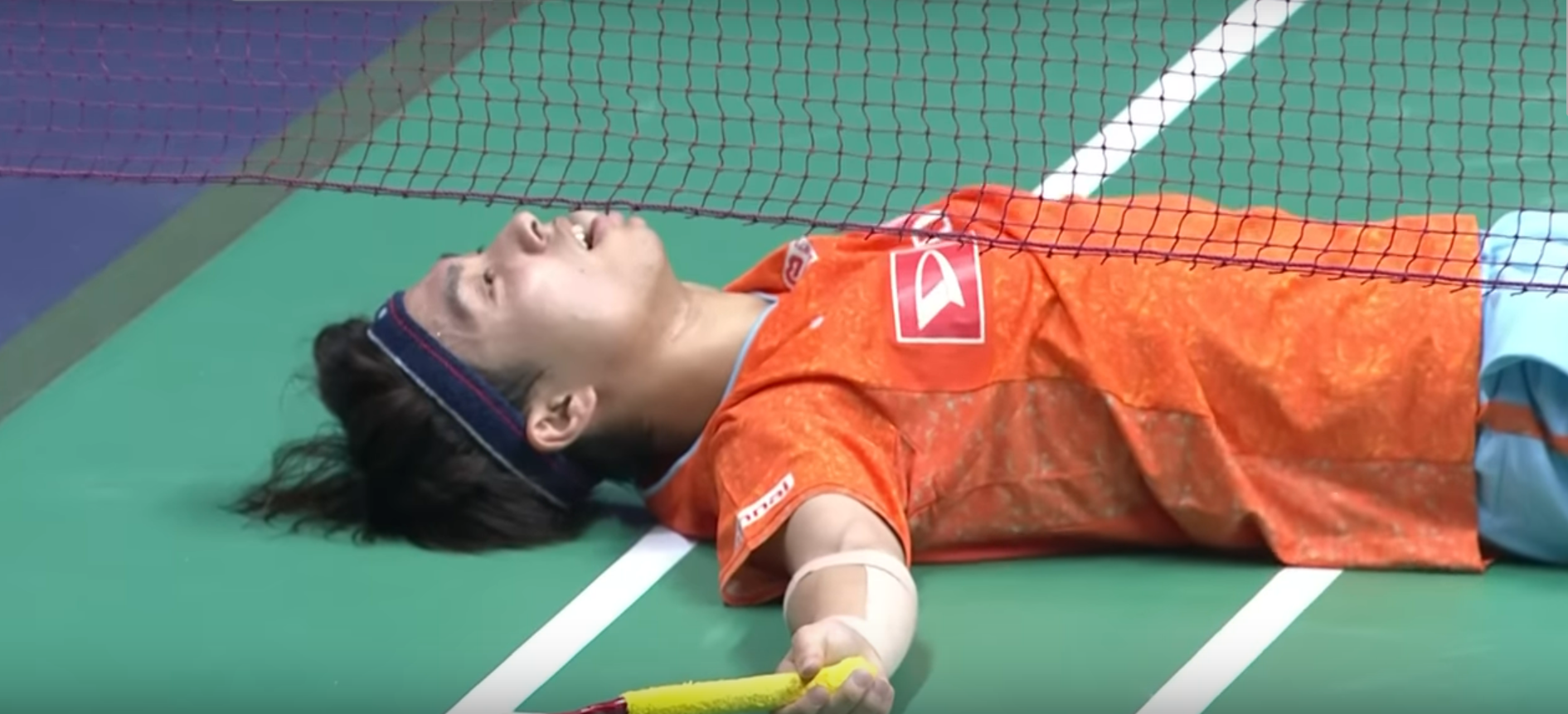
Mistake #9: Lack of physical fitness
Badminton is a sport that puts a premium on physical fitness, requiring players to exhibit speed, agility, and endurance. Those who lack fitness tend to falter with their stamina, which leads to mistakes as the game advances. To avoid this, players must prioritise enhancing their overall physical fitness, which includes improving their cardiovascular endurance, strength, and flexibility. Moreover, they should engage in specific badminton drills and exercises, such as shuttle runs, plyometrics, and footwork drills, to boost their agility and explosiveness on the court.
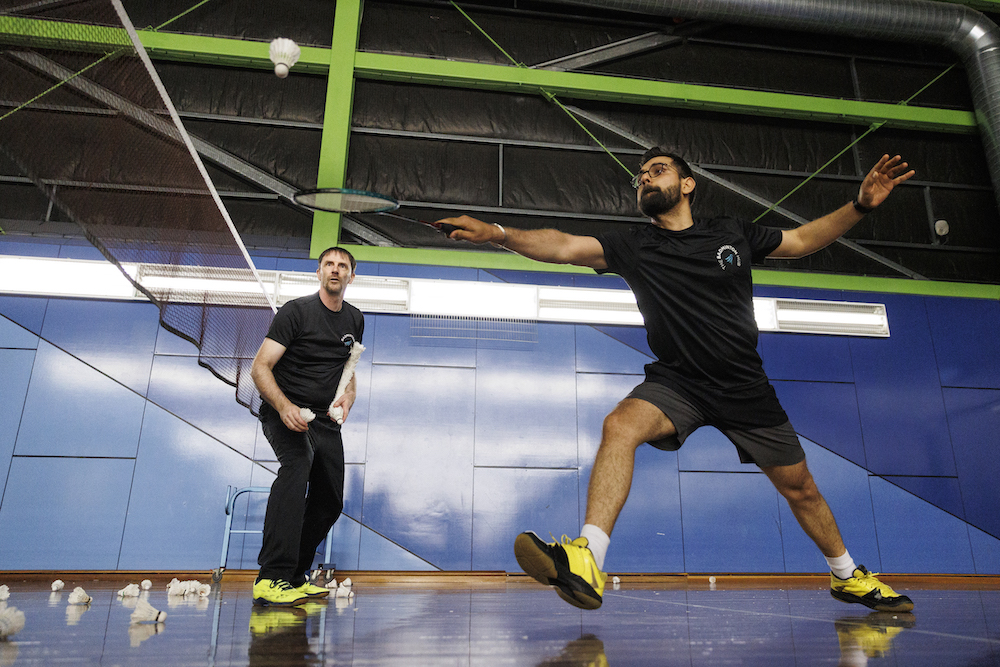
Mistake #10: Not practicing enough
Amateur badminton players often make the critical mistake of not dedicating enough time to practicing their skills. Without consistent practice and hard work, players may struggle to improve and achieve success in this sport.
To avoid this mistake, players should prioritise regular practice sessions, aiming to train at least two to three times per week. By concentrating on specific skills such as footwork, grip, and timing, players can gradually improve their technique and enhance their performance on the court. It’s also essential to challenge oneself by gradually increasing the intensity and complexity of their training.
Conclusion
Playing badminton is both enjoyable and demanding, requiring players to possess a combination of skill, technique, and physical fitness. By avoiding the common mistakes that many amateur players make, such as incorrect grip, poor footwork, lack of variation in shots, and poor communication with their doubles partner, players can improve their game and enjoy more success on the court. By focusing on practicing regularly and developing their skills and fitness, players can take their badminton game to the next level and reach their full potential.
If you want to improve your badminton and love adult group training sessions, then The Badminton Hub is an excellent place to receive coaching and it will also help improve your skills. With experienced and knowledgeable coaches, players can benefit from personalised training that caters to their individual needs and goals. Through one-on-one coaching or group sessions, players can learn the correct technique, develop their footwork, and enhance their overall performance on the court.
Coaching at The Badminton Hub also helps players to build their confidence, accelerate their progress, avoid common mistakes, and take their game to the next level.
